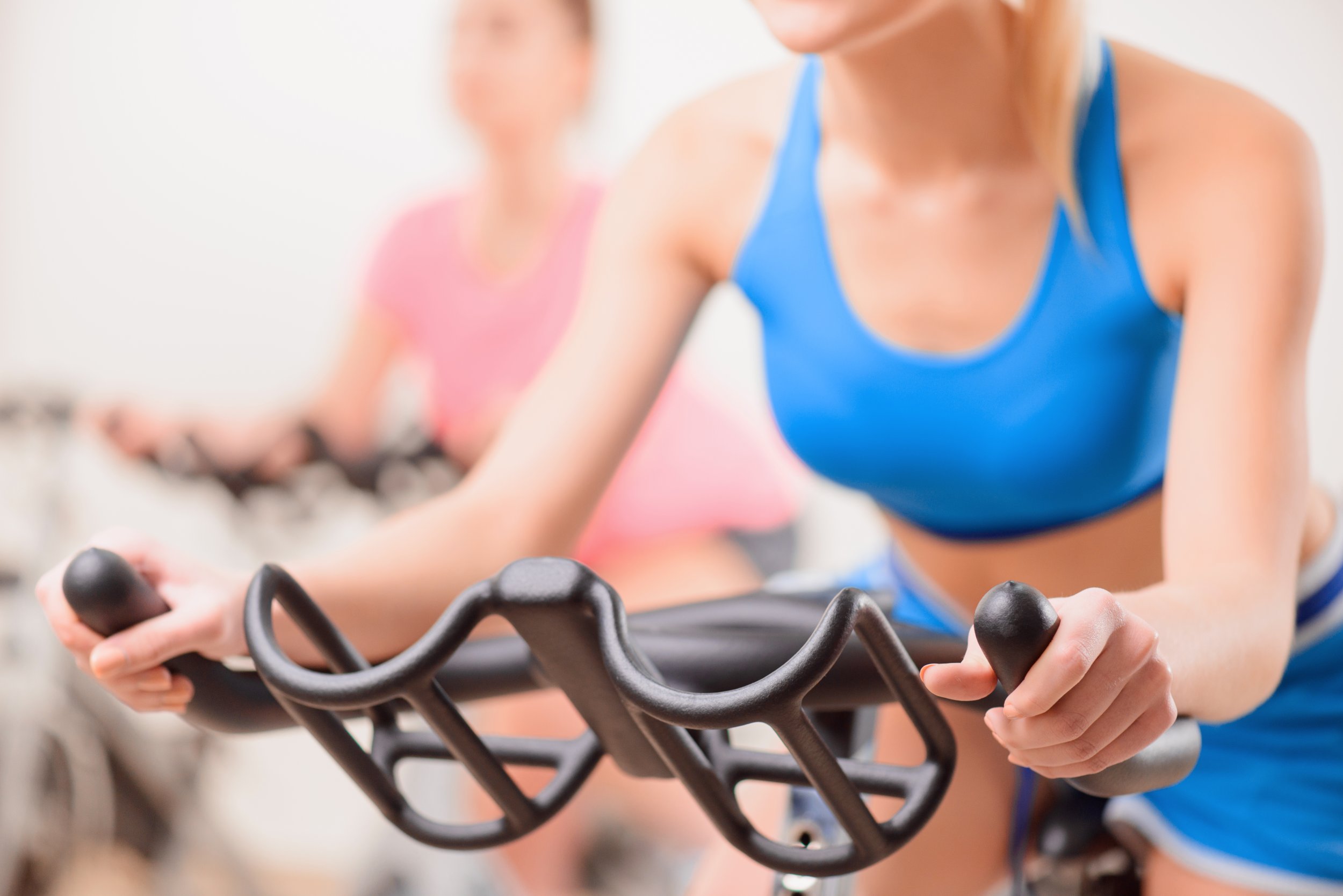Revving Up Your Cardiovascular Health
Regular bike riding is an excellent way to improve cardiovascular health, which is essential for overall well-being. By incorporating cycling into your fitness routine, you can reap the rewards of a healthier heart and lungs, setting yourself up for a lifetime of wellness and vitality. What bike riding does for your body is to enhance cardiovascular function, allowing for more efficient oxygenation and nutrient delivery to the muscles. As a result, cyclists often experience improved endurance and stamina, making it easier to tackle daily tasks and activities. Furthermore, bike riding can help lower blood pressure and improve circulation, reducing the risk of cardiovascular disease and stroke. In fact, studies have shown that regular cycling can reduce the risk of heart disease by up to 50%. Additionally, bike riding can help improve heart rate, increasing cardiovascular efficiency and reducing the risk of heart failure. Overall, the benefits of bike riding on cardiovascular health are undeniable, making it an excellent addition to any fitness routine.
Toning and Strengthening Your Muscles
Bike riding is an effective way to build and tone muscles, particularly in the legs, glutes, and core. What bike riding does for your body is to engage these muscle groups, strengthening them with each pedal stroke. As a result, cyclists often experience improved overall physical fitness, including increased muscle endurance and power. The repeated motion of pedaling helps to build lean muscle mass, which can also contribute to weight loss and improved body composition. Additionally, bike riding can help improve muscle tone, giving the legs and glutes a more defined appearance. This is especially beneficial for athletes and individuals who engage in sports that require explosive power, such as soccer, basketball, and tennis. Furthermore, strengthening the core muscles through bike riding can improve balance, stability, and overall athletic performance. By incorporating cycling into your fitness routine, you can experience the many benefits of muscle toning and strengthening, leading to improved overall health and fitness.
How to Boost Your Mental Wellbeing through Cycling
Cycling is not only beneficial for physical health, but it also has a profound impact on mental wellbeing. What bike riding does for your body is to release endorphins, also known as “feel-good” hormones, which can help reduce stress and anxiety. Regular bike riding can improve mood, increase self-esteem, and even reduce symptoms of depression. The sense of freedom and independence that comes with cycling can be particularly empowering, especially for those who may be struggling with mental health issues. Additionally, the social aspect of cycling, whether it’s riding with friends or joining a cycling group, can help combat loneliness and isolation. To incorporate cycling into a mental wellness routine, try setting aside time each week to ride, whether it’s a leisurely spin or a more intense workout. You can also try combining cycling with other mindfulness practices, such as meditation or deep breathing exercises, to enhance the mental health benefits. By making cycling a regular part of your routine, you can experience the many benefits it has to offer for mental wellbeing.
Pedaling Your Way to Weight Loss
Bike riding is an effective way to shed those extra pounds and achieve a healthier weight. What bike riding does for your body is to burn calories, increase metabolism, and build lean muscle mass, all of which are essential for weight loss. Regular cycling can help individuals burn between 400 to 1000 calories per hour, depending on the intensity and duration of the ride. Additionally, bike riding can help build muscle mass, particularly in the legs, which can further boost metabolism and burn more calories at rest. This can lead to a significant reduction in body fat, particularly around the midsection, and a more toned and lean physique. To maximize weight loss through cycling, try incorporating high-intensity interval training (HIIT) into your routine, which involves short bursts of intense cycling followed by brief periods of rest. You can also try combining cycling with a healthy diet and other forms of exercise, such as strength training, to accelerate weight loss and improve overall fitness.
Improving Flexibility and Balance
Cycling is often associated with building strength and endurance, but what bike riding does for your body is also improve flexibility and balance. Regular bike riding can help increase flexibility in the hips, knees, and ankles, making it easier to move and perform daily activities. Additionally, cycling can help improve balance and coordination, particularly in older adults, by strengthening the core muscles and improving proprioception (the ability to sense the position and movement of the body). This can reduce the risk of falls and injuries, and improve overall mobility and independence. To incorporate flexibility and balance exercises into a cycling routine, try adding stretching exercises before and after rides, such as hamstring and quadriceps stretches. You can also try incorporating balance exercises, such as single-leg squats or balance boards, into your routine to improve overall balance and coordination. By incorporating these exercises into a cycling routine, individuals can experience improved flexibility and balance, and reduce the risk of falls and injuries.
Cycling for Better Bone Density
Bike riding is a low-impact exercise that offers numerous benefits for overall health, and one of the most significant advantages is its impact on bone density. Regular cycling can help improve bone density, reducing the risk of osteoporosis and fractures, particularly in older adults. This is especially important, as osteoporosis is a major public health concern, affecting millions of people worldwide.
What bike riding does for your body is stimulate bone growth and density through gentle, repetitive stress on the bones. This stress triggers the bones to adapt and become stronger, much like how muscles respond to resistance training. As a result, regular cycling can help increase bone density, reducing the risk of osteoporosis and fractures.
In addition, bike riding can also help improve balance and coordination, reducing the risk of falls, which are a common cause of fractures in older adults. By incorporating cycling into a regular exercise routine, individuals can improve their overall bone health, reducing the risk of osteoporosis and fractures, and maintaining independence and mobility as they age.
Furthermore, cycling is a low-impact exercise, making it an ideal option for individuals with joint pain or mobility issues. This is particularly important for older adults, who may be unable to participate in high-impact activities due to health concerns. By providing a low-impact, gentle-on-the-joints exercise option, bike riding can help individuals of all ages improve their bone density and overall health.
Incorporating cycling into a regular exercise routine can have a significant impact on bone density, particularly when combined with a healthy diet rich in calcium and vitamin D. By making cycling a regular part of their exercise routine, individuals can improve their bone health, reducing the risk of osteoporosis and fractures, and maintaining a healthy, active lifestyle.
Enhancing Coordination and Reflexes
Bike riding is an excellent way to improve coordination and reflexes, particularly in children and young adults. What bike riding does for your body is challenge its ability to balance, steer, and react to changing environments, resulting in improved overall physical fitness and coordination.
Regular cycling can help develop the necessary skills for quick reactions, fast reflexes, and sharp instincts. This is especially important for children, as it can help them develop their motor skills, hand-eye coordination, and overall physical literacy. By incorporating cycling into a physical education program, educators can provide students with a fun and engaging way to improve their coordination and reflexes.
In addition, bike riding can also help improve balance and stability, reducing the risk of falls and injuries. This is particularly important for young adults, who may be involved in sports or other physical activities that require quick reflexes and sharp instincts. By improving their coordination and reflexes through cycling, individuals can enhance their overall athletic performance and reduce their risk of injury.
Cycling can also be an effective way to improve cognitive function, particularly in children. The physical activity of bike riding can help stimulate the brain, improving concentration, focus, and overall mental acuity. This can have a positive impact on academic performance, as well as overall mental health and wellbeing.
To incorporate cycling into a physical education program, educators can consider a variety of activities, such as bike safety courses, group rides, and cycling games. These activities can help students develop their coordination and reflexes, while also promoting physical fitness, teamwork, and social skills. By making cycling a regular part of their physical education routine, educators can provide students with a fun and engaging way to improve their overall health and wellbeing.
Overall, bike riding is an excellent way to improve coordination and reflexes, particularly in children and young adults. By incorporating cycling into a physical education program, educators can provide students with a fun and engaging way to develop their motor skills, improve their overall physical fitness, and enhance their cognitive function.
The Low-Impact Advantage: Cycling for Injury Rehabilitation
When it comes to injury rehabilitation, finding an exercise that is both effective and gentle on the body can be a challenge. However, bike riding offers a unique solution, providing a low-impact way to improve cardiovascular health, strengthen muscles, and increase flexibility, all while minimizing the risk of further injury. What bike riding does for your body is provide a gentle, low-impact exercise option that can be adapted to individual needs and abilities.
For individuals with joint injuries or chronic pain, cycling can be an ideal exercise option. The low-impact nature of bike riding reduces the risk of further injury, while still providing an effective workout. Additionally, cycling can help improve range of motion, reduce stiffness, and increase strength, all of which are essential for successful injury rehabilitation.
Incorporating cycling into an injury rehabilitation program can also help improve mental health and wellbeing. The gentle, low-impact nature of bike riding can help reduce stress and anxiety, while the sense of accomplishment that comes with regular exercise can help boost self-esteem and confidence.
Furthermore, cycling can be adapted to individual needs and abilities, making it an ideal exercise option for those with varying levels of mobility. Stationary bikes, for example, provide a low-impact way to cycle from the comfort of one’s own home, while outdoor cycling can be adapted to individual fitness levels through the use of gears and terrain selection.
To incorporate cycling into an injury rehabilitation program, individuals can start with short, gentle rides and gradually increase intensity and duration as their body allows. It’s also essential to consult with a healthcare professional or physical therapist to develop a personalized exercise plan that meets individual needs and abilities.
Overall, bike riding offers a unique advantage when it comes to injury rehabilitation. By providing a low-impact, gentle exercise option that can be adapted to individual needs and abilities, cycling can help individuals recover from injury, improve their overall health and wellbeing, and reduce the risk of further injury.







